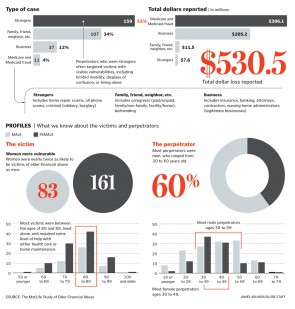By Courtney Humphries | The Boston Globe | February 21, 2012
What’s in a face? We generally see it as a window into our inner lives — so much so that it’s possible to read our emotions from our facial expressions. And in recent decades, we have become enchanted by the notion that with a little specialized knowledge, we can read these feelings very, very accurately. A program launched at Logan Airport last year has trained security personnel to converse with passengers while scanning their facial movements for suspicious emotions. Companies like Affectiva, a spinoff of MIT’s Media Lab, are developing ways to automatically judge a person’s mood in part by observing the movements of facial muscles. And the recent TV show “Lie To Me” was built on the premise that its main character could read hidden meanings in facial expressions and body language.
The premise that you need only the proper training to read emotion on our faces rests on a long history of research into the origins and function of facial expressions. Based on numerous studies, specialists have come to believe that these expressions of feeling are basic, automatic, and universal. Sadness, happiness, anger, and disgust are common to all humans, they have posited, and are expressed and recognized in a common way. Call it the emoticon theory of facial expression: Surely anyone can distinguish from 🙂 from (:.
But a number of psychologists are now arguing that this established view oversimplifies how people express and perceive emotions. They say that scientists have ignored equally compelling research over the years showing that context and culture affect how we interpret facial expressions, and that we don’t produce them in clearly readable ways. In sum, these researchers are suggesting that happy and sad expressions are not basic, evolutionary responses that take the same form all over the world, but cultural categories that we create from a much more complex emotional reservoir.
Lisa Feldman Barrett, a psychologist at Northeastern University, is one of this growing group of scientists calling for a more nuanced view of the relationship between face and feelings. She argues that while we may carry an archetype of each expression in our minds, in reality we make facial expressions less consistently, and our ability to recognize emotions is not as simple as just reading faces. “It’s not like there’s one signal for anger,” she says. “Yet we feel it and perceive it in others. How can that be?” She believes that recent research shows the answer depends, much more than we’ve come to believe, on context, culture, and the details of the situation. And in trying to force facial expressions into a series of archetypes, science may be missing the full picture: an emotional spectrum that isn’t easily parsed into emoticons. Continue reading »





